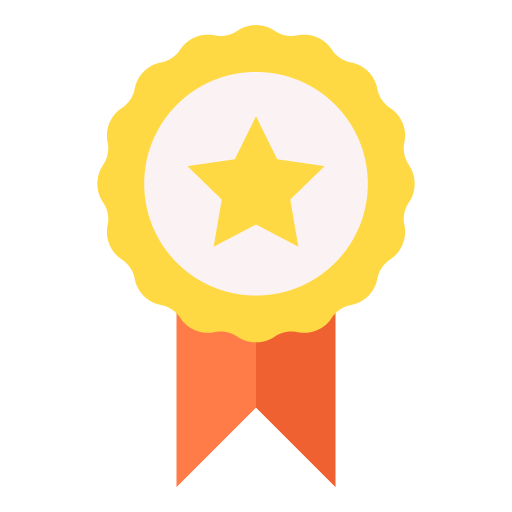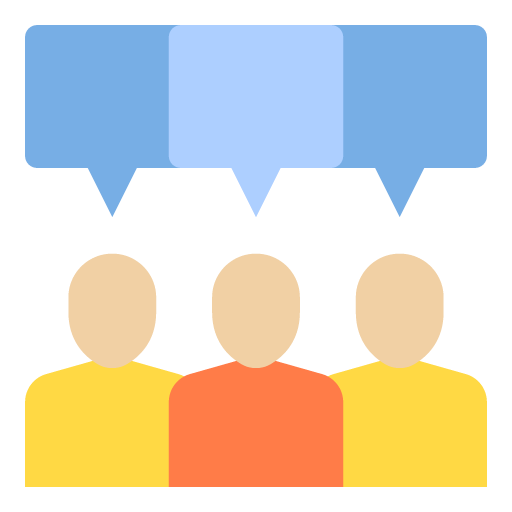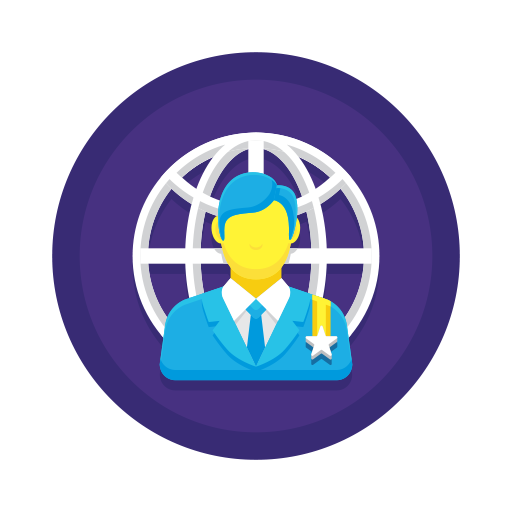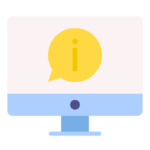The Chatbot Settings section is where you define core project metadata such as the chatbot name, company profile, and team access permissions. These configurations are foundational and affect how your project is identified, organized, and collaboratively managed.
Step 1: Open the Chatbot Settings Panel #
To access chatbot settings:
- Navigate to the Settings tab from the main navigation bar.
- The settings panel will open in a modal window.
Step 2: Define the Project Name #
In the Project Name field:
- Enter a descriptive name for your chatbot project.
- This name is visible across the platform and is used for identification in dashboards and exports.
- This field is required. You cannot save the project without it.
✅ Best Practice: Use clear and specific naming conventions, especially if you manage multiple bots (e.g., “Customer Support Bot – Q3” or “AI Readiness Evaluation Assistant”).
Step 3: Add Optional Tag #
In the Tags field:
- You may add hashtags (e.g.,
#ProductName) or handles (e.g.,@CompanyName) to help categorize your project. - These are useful for filtering bots in multi-project environments or when working within teams.
⚠️ Tags are optional and purely for organizational use. They do not affect chatbot behaviour or appearance.
Step 4: Set or Edit the Company Profile #
If you’re on a professional-tier plan or above, the system will display your Company Profile name at the top of the modal.
- For users on entry-level plans, this field may not be editable.
- For higher-tier plans (Professional, Enterprise), this field links your bot to an organizational identity (e.g.,
Company Profile: noem.ai).
Step 5: Manage Team Access (Professional Plan or Higher) #
For users on a Professional or Enterprise plan, the Users with Access section becomes available. Here, you can manage who can edit or view the bot configuration.
Add Team Members: #
- Use the Select User dropdown to choose a team member from your organization.
- Choose a permission level:
- Admin: Full access to edit, configure, and deploy the chatbot.
- Viewer or other roles may be available depending on the platform implementation.
- Click Add + to grant access.
View Existing Access: #
- The Users with Access table lists all users with current access, showing their email and permission level (e.g.,
owner). - You may be able to revoke access (via a delete option) depending on your role and plan level.
🔐 Access control is only available to owners and admins. Limited-tier plans may not expose this functionality.
Step 6: Save or Delete Project #
- Save: After making any updates to the project name, tags, or team access, click the green Save button in the bottom-right corner to persist your changes.
- Delete: On projects where you have owner rights, a red Delete option may appear, allowing permanent removal of the chatbot project.
⚠️ Deleting a project is irreversible and removes all associated configuration and history. Proceed only if you’re sure.
Step 7: Review Project Type #
At the bottom of the settings panel, you’ll see the project Type listed (e.g., Type: bot). This is set by the system and indicates that the current configuration is for a chatbot. This field is informational and cannot be modified.
Summary #
The Chatbot Settings panel is your administrative control center. Here, you name your bot, assign tags, and on supported plans manage company profiles and team access. Accurate configuration of this section ensures proper visibility, access control, and organizational alignment, especially in multi-user or enterprise environments. Always save your changes and review permissions to maintain secure and collaborative bot development.










Leave a Reply
You must be logged in to post a comment.